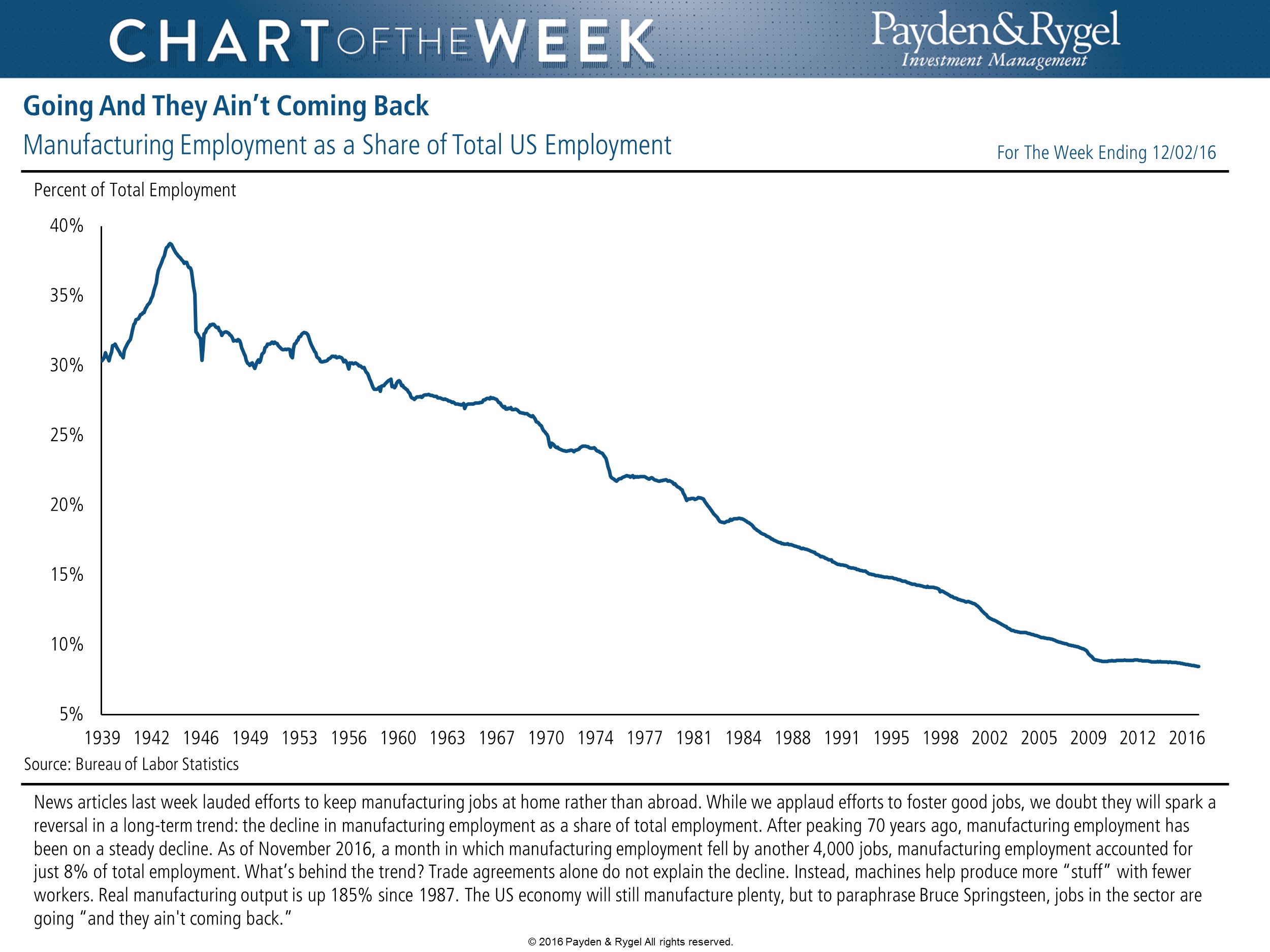All ratings have been updated on
MFO Premium site, including MultiSearch, Great Owls, Fund Alarm (Three Alarm and Honor Roll), Averages, Correlation, Dashboard of Profiled Funds, and Fund Family Scorecard.
Fairholme entered the Top category on MFO's Fund Family Scorecard. All three Fairholme Funds have beaten their peer averages on an absolute return basis since inception. It joins other top performing families Dodge & Cox, FMI, Longleaf, Oakmark, Oberweis, Osterweis, Grandeur Peak, Gotham, Tweedy Brown, Artisan, Mairs and Powers, RiverNorth, PRIMECAP. Here is complete list of Top Fund Families:

Bottom families? State Farm, Timothy, Hussman, AdviserOne, Permanent, Pacific Financial, CMG, O'Shaughnessy, and Oak Associates are among the 75 families in the
MFO Scorecard cellar.
So, how can a shop as thoughtful as O'Shaughnessy have 4 of its 5 funds trailing their peers since inception, as shown below?

Well, two of its funds, O'Shaughnessy Market Leaders Value Fund (OFVIX) and Small Cap Value Fund (OFSIX), are less than a year old and have each delivered shareholders more than 20%, despite trialing averages. The others too have delivered handsome returns for the past six plus
years, granted with some healthy drawdown in 2011 and 2016, the latter by the Enhanced Dividend Fund (OFDIX). The global equity income OFDIX is still below its previous maximum.
Hmmm, relative returns aren't everything, are they? Will attempt to shed more light on this topic in future posts.
The
Category Averages tool provides a summary of averages for 144 Lipper fund categories (excluding money market) across 10 different time frames. Looking at the current market cycle, which began in November 2007 and is now 9
years old ... below are the top and bottom categories and attendant total return, %:


Time to rotate into bottom dwellers?
Waddell & Reed have 19 funds with $24B in assets under management (AUM). Its parent Waddell & Reed Financial Inc trades publicly under ticker WDR. Currently, eight of its funds are in the
Three Alarm doghouse, which means they have delivered bottom quintile absolute returns the past 1, 3, and 5 year periods:

Its subsidiary Ivy Funds has 39 funds with $39B in AUM. It too has eight funds on our Three Alarm list:

They have just
launched three Ivy NextShares ETFs.
Neither Waddell nor Ivy have any funds on the MFO Honor Roll. They have one 3-year
Great Owl: Ivy LaSalle Global Risk-Managed Real Estate Fund (IVIRX).






 Highlights of the Week:
Highlights of the Week: